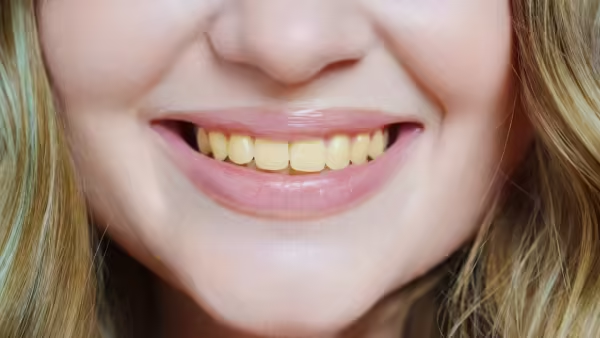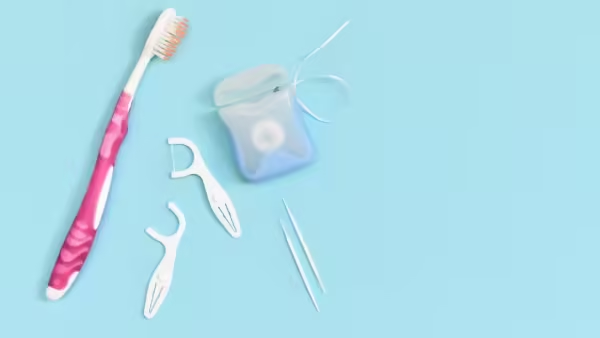
Whereas yellow teeth are often blamed on a lifestyle habit, such as not brushing teeth properly, such as drinking coffee, tea, or using tobacco, persistent yellowing may indicate the thinning of the enamel so that naturally yellow dentin beneath is showing through. The enamel wears down over time, but excessive wear could hint at nutritional deficiencies, excessive intake of acidic food, and bruxism.Medically, yellow teeth reflect liver problems, and in some cases even jaundice. In cases where the liver does not process bilirubin at an effective rate, such pigment may build up and subtly colour the teeth, gums, and skin yellow.
People also experience yellowing with poorly controlled diabetes because there is an increase in bacterial accumulation and plaque formation. A research published in Science direct excess bilirubin in the body can cause yellow teeth, as opposed to other health conditions.
Gray, brown, or dark teeth are most often the result of trauma or dental decay but also indicate internal health problems. A commonly known example is the antibiotic tetracycline, which, if taken by children at a time when teeth are still developing, results in permanent discolouration and gray teeth. Trauma to the nerve of the tooth can also eventually gray or blacken the tooth. Research study published in PubMed central, shares many case studies of children who had brown or gray teeth, under the title “Tetracycline-Induced Discolouration of Deciduous Teeth: Case Series”, which confirms the above stated fact.
More seriously, gray teeth suggest exposure to heavy metals, such as lead or mercury, that accumulate in the body and interfere with enamel development. In a similar way, chronic diseases of impaired mineral reabsorption-renal disease and hypocalcemia, for example-can result in dark discolouration. Sudden and extreme colour changes should be evaluated without delay, since these may indicate specific systemic problems.
White spots or patches on the teeth usually represent enamel hypoplasia, in which the enamel has failed to form fully or has formed incorrectly. Nutritional factors that may cause enamel hypoplasia include deficiencies in vitamin A, D, or calcium; fluorosis, from excess fluoride when the teeth were developing as a child; and celiac disease, which interferes with nutrient absorption. This condition generally is considered cosmetic, but such areas are more susceptible to decay and thus call for special attention with oral hygiene.
Other colour clues and systemic healthTooth discolouration does not necessarily come in one colour; sudden changes, fragile teeth, or a change in texture may indicate other conditions. For example:Diabetes: High blood sugar level increases the risk of gum- diseases and yellow plaque development.
A study published in National Institute of Health,states that 95% of people who had diabetes reported bad oral health.Kidney disease: It affects mineral balance and results in defects of enamel and darker teeth. Research published in MDPI confirms that people with chronic kidney disease reported impaired oral health.Vitamin B12 deficiency may present with pale or discoloured teeth and inflammation of the gums. Research published in NIH confirms the fact that Vitamin B 12 deficiency may cause an increase in prevalence of dental caries and gingival diseases

While efficient brushing and flossing and regular dental check-ups are important, subtle colour, texture, and sensitivity changes can be a very critical early warning about one’s health. Reduction in excessive sugar, tobacco, and acidic foods, coupled with a nutrient-rich diet, is protective not only for teeth but also for health in general. Ultimately, your teeth are not for chewing food only; they act as a signal about what is happening inside the body.
Listen to your teeth; every shade tells a story. The subtle changes one often tends to overlook as just cosmetic can often be a start toward health safety. The mere yellowing and unexpected graying could be silent signals, helping in the early detection of underlying conditions and sending one toward timely interventions. Your teeth may be giving you more than just a smile; they may well be giving you a health heads-up.